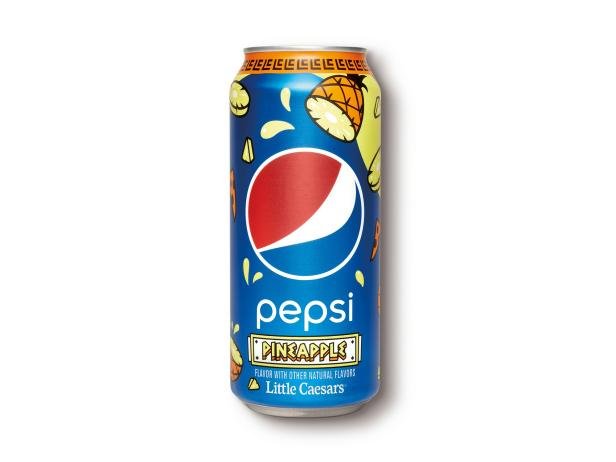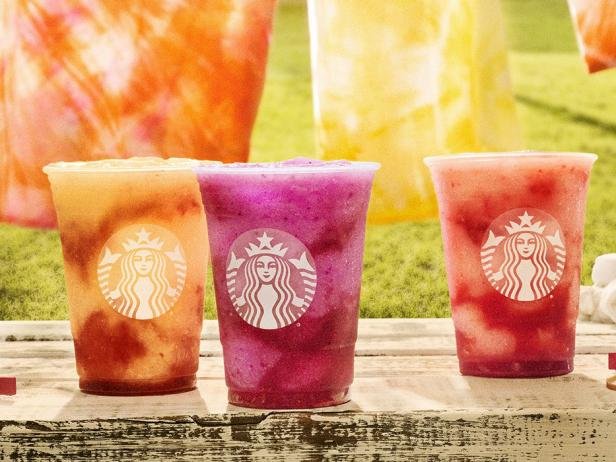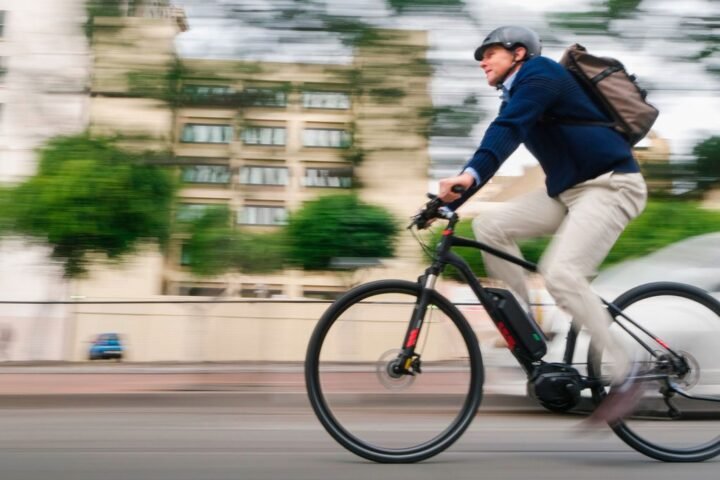Lingering on the cobblestone path that runs along the Noma 2.0 property in Copenhagen, just when the day couldn’t feel more surreal, I find myself trying to ignore that its co-founder, Rene Redzepi is sneaking by in a white towel. The world-renowned chef has taken a dip in the nearby canal in the middle of the afternoon and insists I do the same when I return a few hours later for the dinner that’s come to fruition from my wildest imagination.
When I arrived this morning, at least a dozen members of the Noma team were lined up waiting to welcome guests in their signature sea of navy blue shirts. The greetings were only comfortable for them. By the time we said our goodbyes, I’d be comfortable hugging.
Formality and mystique (and often pretension) come with the territory when you have the privilege of visiting some of the world’s best restaurants — like Noma, which ranked No. 1 on the World’s 50 Best Restaurants list in 2010, 2011, 2012, and 2014. A diner’s reasonable expectation of hospitality can be soured by an atmosphere of arrogance, even elitism. But when I arrive at Noma with 30 or 40 Amex Platinum cardholders who scored tickets with Resy’s Global Dining Access and initially feel like I’m part of a crowd interrupting a place of work so we may be be accommodated and entertained, there isn’t a trace of obligation in the air. We’re treated like guests invited into a home, and the ambiance is light-hearted and pressure-free.
The day is a fantasy for any restaurant lover. Redzepi shares the history of Noma, keeping 20 years of international impact brief and humorous, admitting to the gastrointestinal risk of foraging uncharted land, and describing his vision for the next 20 years. “I want to be in a place where creativity is at the forefront, where we are exploring, where we are the leading, most innovative food operation on earth that is continuously teaching people, our staff, and inspiring them to go on and do more.”
He introduces the leaders on his team who will be hosting us in their areas: Metta Soberg and Junichi Takahashi in the test kitchen, Kevin Jeung and Gaute Berrefjord in the legendary fermentation lab, and Sebastian Lunøe and sommelier Max Manning in the garden for a beverage tasting. The chefs share how they ideate and innovate, their recipe development process, many of their ingredients, and much of their inspiration from Noma’s nine-week Kyoto pop-up, March through May. We taste samples of pine cone salt and garums; pass koji and Danish bamboo shoots, a rare opportunity to see the ingredients up close; ask questions to our hearts’ desires, and capture imagery freely.
Soberg, who has worked at Noma for a decade, describes how menu development has evolved from changing one or two dishes at a time, to dividing the year into three seasons at Noma 2.0: plants from June to September, wild game and forest finds from October to December, and seafood from January to May. “For us, creatively, that transition was the best thing that could’ve ever happened,” she says. “To just do a clean slate and a completely fresh menu gives us this really, really amazing energy.”
:max_bytes(150000):strip_icc()/Eat-At-Noma-3-FT-BLOG0723-4e82f03298294f908c15a172c983324d.jpg)
“For example,” she continues, “using only seafood in January means that all of a sudden there is a whole new world that’s open to us. It’s not because we weren’t using seafood before, but to make a whole menu where everything is from the ocean, that’s really been a massive shift [and] way to think.”
Manning, a recent addition to the Noma team, describes the format as opening a brand new restaurant three times a year before pouring five or six samples of sake from the producer he worked with in Japan. We learn more about the makeup of sake (water, rice, and koji) beyond the three styles and the process of rice polishing, then take a spin around the dining room and kitchen with CEO Peter Kreiner and head chef Pablo Soto who admits, while showing us the kitchen that’s not only open but open-air, that he “thought it was going to be a windowless life” when he became a chef.
We leave the team with a few hours of space for prep (and perhaps dips in the canal, which is a Noma staff custom) after an energizing day of education, and when we return for dinner, it’s not formal, but it is business. The dining room and kitchen are adjoined open spaces, and you can see and hear the intensity of a team getting 18 courses out to almost as many tables. The dishes draw even more of your attention than the choreography. For the Vegetable Season menu, bright flowers add vibrant color to each plate, fresh foraged berries are full of flavor, and vegetables are picked day-of and cut to perfect uniformity.
“You guys have chosen the absolute best time to come,” Soberg said. “The days are long and there are flowers and birds everywhere; it’s just so inspiring. Now we focus on the plants: There’s plenty of them, they’re so beautiful, you could make 20 vegetable menus because there’s so many ingredients to choose from – flowers, herbs, vegetables, you name it.”
Mushroom sashimi is served with elderflowers and a sauce made from hazelnut milk and fresh elderflower oil. The hot pink flower hip rose can be eaten whole with sweet mirabelle plum and tart raspberry inside. Flowers from the garden and wildflowers are presented as soup with tomato water and magnolia syrup. White currant fruit leather wraps around pumpkin puree and peas, garnished with tiny, delicate white, pink, and blue flowers. A tapioca and millet dumpling is showered with orange petals, also from the garden, and squash blossoms are served in Danish soy milk yuba with beech greens (leaves from the Danish forest tree that are a staple ingredient here) and gooseberries.
“In the spring and summer, flowers erupt everywhere,” says Mirek Anderson, a fellow research and development chef in the test kitchen.
:max_bytes(150000):strip_icc()/Eat-At-Noma-4-FT-BLOG0723-1081af40978d43008650602778df06d0.jpg)
The meal concludes with an encore of desserts, including ice cream wrapped in koji and lined with black currant leather — an homage to Japanese onigiri — and a magnolia flower with caramelized saffron.
“A lot of people have the wrong perception of the ingredients that we work with and that we want to be 100% Scandinavian flavor profile,” Soberg explains in the test kitchen. “That was probably true in the very early days of Noma, but now because of all these travels we’ve become a melting pot of all the different cultures and all the different nationalities that work here and all the experiences that we’ve had at these pop-ups.”
The beverage pairings come from Japan, France, Slovakia, Italy, and Austria, spanning sake, orange wine, and Champagne — all natural, which Manning qualifies as organic, farmed responsibly, spontaneously fermented without filtration or sulfur, and most importantly to Noma, made by good people. The non-alcoholic pairings are possibly even more compelling as they offer an opportunity to taste more innovation from the team, like mushroom kombucha with smoked corn husk and ancho chile.
There is inspiration from Kyoto throughout the courses, nods to Mexico and Sydney (2017 and 2016 pop-up hosts), and plenty of surprises — besides that the meal keeps going. At one point we are eating an entire rose flower and at another we are sampling caterpillar poop at the table, because our group had follow-up questions after the mention of its use in a kombucha. Someone in Japan is researching caterpillars’ poo after the insect eats cherry blossoms, and I am relieved the team isn’t being sent out to forage this in the wild.










